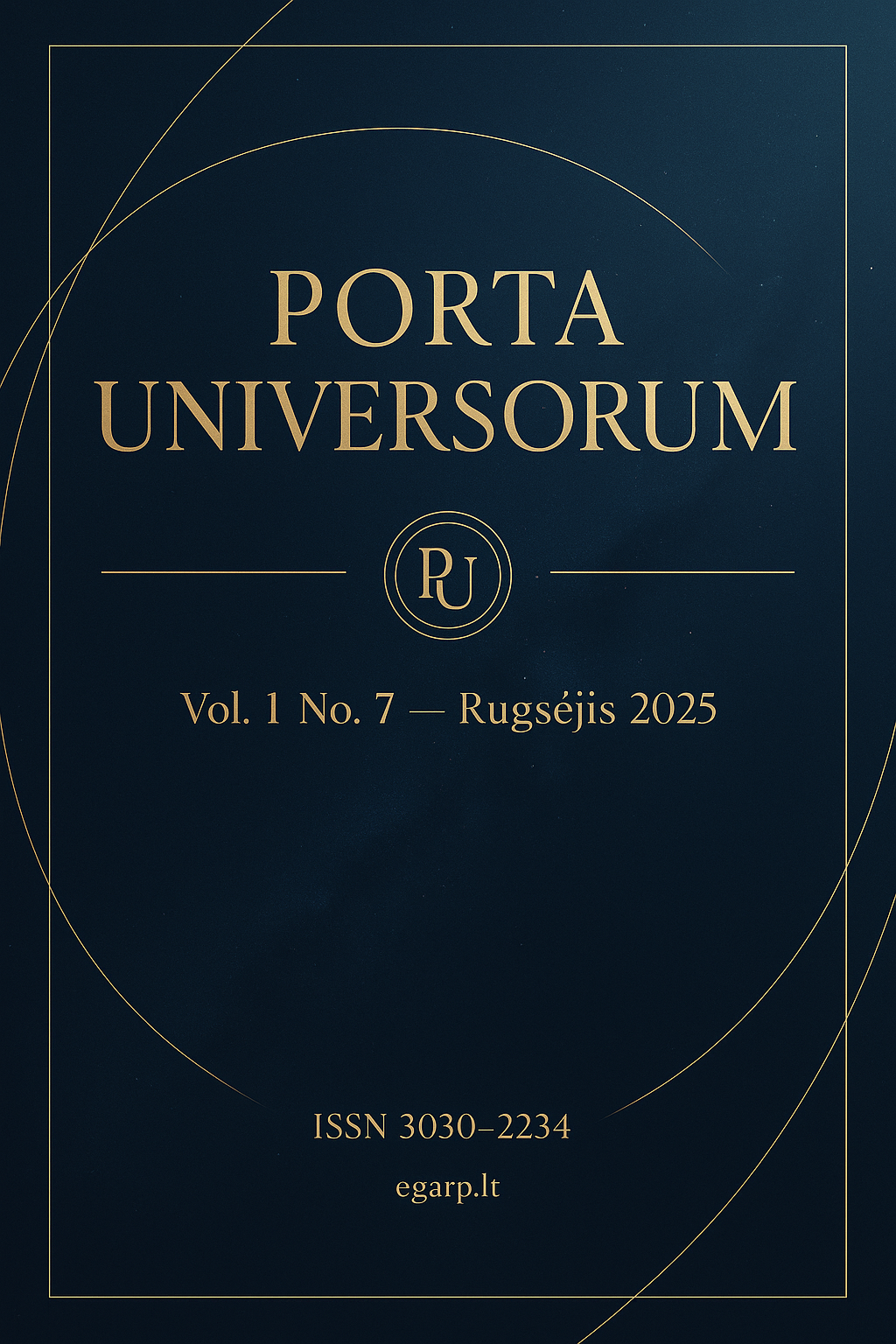The Role of Translation of Scene Language in Intercultural Communication
DOI:
https://doi.org/10.69760/portuni.0107011Keywords:
scene language, translation studies, intercultural communication, cultural mediation, domestication, foreignizationAbstract
In an increasingly globalized world, audiovisual media serves as a key medium for intercultural communication. However, the translation of scene language—culturally specific idioms, humor, social registers, and contextual expressions—poses significant challenges in conveying cultural meaning across linguistic boundaries. This study explores how scene language is translated in international cinema and its implications for intercultural understanding. Using a qualitative comparative case study approach, three culturally rich films (Parasite, Amélie, and Crouching Tiger, Hidden Dragon) and their English subtitles were analyzed alongside semi-structured interviews with five professional audiovisual translators. Findings reveal that translation often results in the loss of cultural nuance due to technical constraints, such as subtitle length, as well as the strategic choices of translators navigating between cultural fidelity and audience accessibility. While adaptation and functional equivalence were common strategies, these choices sometimes altered the source culture's narrative intent. The study highlights the translator’s role as a cultural mediator and emphasizes the ethical and communicative importance of preserving scene language in translation. Implications include the need for greater cultural sensitivity in subtitle production and further research into audience reception and multilingual translation practices.
References
Ahmedova, G. (2025). Theatrical Structures and Performance Traditions in Azerbaijani Folklore. EuroGlobal Journal of Linguistics and Language Education, 2(3), 74-82.
Ahmadova, G. (2023). Worldly significance of theaters: Irevan State Azerbaijan Drama Theater. Scientific Journal of Polonia University, 58(3), 10-14.
Babayev, J., & Alaviyya, N. (2023). Translation procedures of culture bound-terms (CBTs). Journal of Science. Lyon, 48.
Baker, M. (2018). In other words: A coursebook on translation (3rd ed.). Routledge.
Gulkhara, A., & Farzaliyeva, E. (2025). Theatre as a Reflection of Social Change: How Dramatic Arts Capture Cultural Shifts and Historical Transformations. Acta Globalis Humanitatis et Linguarum, 2(1), 254-261.
Gulkhara, A., & Aysu, M. (2025). HISTORICAL FIGURES OF WORLD DRAMA ON THE AZERBAIJAN STAGE. German International Journal of Modern Science/Deutsche Internationale Zeitschrift für Zeitgenössische Wissenschaft, (104).
Hatim, B., & Mason, I. (1997). The translator as communicator. Routledge.
House, J. (2015). Translation quality assessment: Past and present. Routledge.
Javid, B. Impact of socio-linguistic and socio-cultural factors on translation process. Sciences of Europe,(128).
Javid, B., & Sadikhova, S. (2025, May). Culturonyms in Food and Drink: How Language Reflects Cultural Identity Through Cuisine. In Publisher. agency: Proceedings of the 10th International Scientific Conference «Modern scientific technology»(May 29-30, 2025). Stockholm, Sweden (p. 346).
Katan, D. (2014). Translating cultures: An introduction for translators, interpreters and mediators (2nd ed.). Routledge.
Nord, C. (1997). Translating as a purposeful activity: Functionalist approaches explained. St. Jerome Publishing.
Sabir, B. J. (2023). Linguistic and cultural aspects of simultaneous translation. Progress in Science, (4).
Sadikhova, S., & Babayev, J. (2025). Challenges Encountered in Translation of Culture-bound and Subject-specific Terminology While Using Google Translate. EuroGlobal Journal of Linguistics and Language Education, 2(3), 119-126.
Sadikhova, S., & Babayev, J. (2025). Linguistic Analysis of Art Terms in English. Porta Universorum, 1(3), 214-223.
Venuti, L. (2012). The translator’s invisibility: A history of translation (2nd ed.). Routledge.
Downloads
Published
Issue
Section
License
Copyright (c) 2025 Porta Universorum

This work is licensed under a Creative Commons Attribution-NonCommercial 4.0 International License.
License Terms
All articles published in Porta Universorum are licensed under the Creative Commons Attribution–NonCommercial 4.0 International License (CC BY-NC 4.0). This license permits:
-
Sharing (copying and redistributing the material in any medium or format),
-
Adapting (remixing, transforming, and building upon the material),
-
for non-commercial purposes only,
-
with proper attribution to the original author(s) and source.
Commercial use of the material is not permitted without prior written permission from the publisher.




